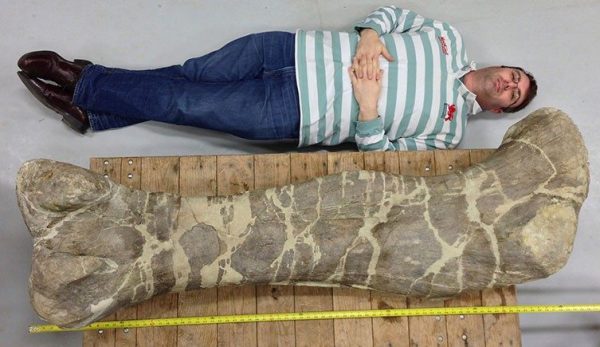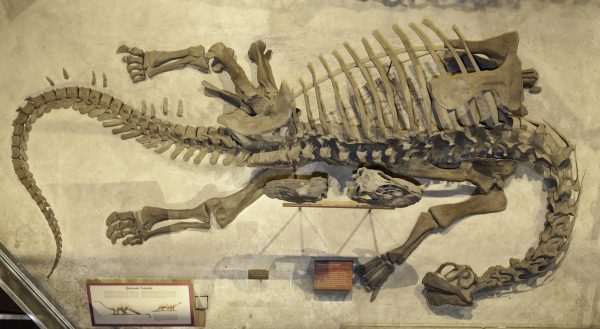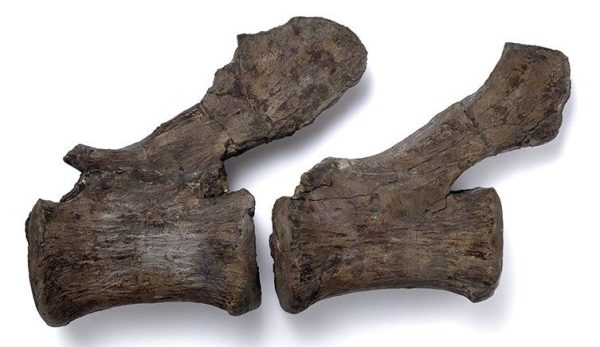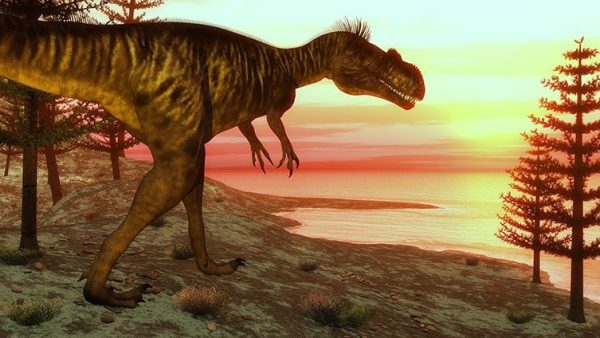Britain’s Jurassic history comes to life with the unveiling of colossal dinosaurs that roamed the region 200-145 million years ago. The iconic Dippy, a towering replica of the Diplodocus fossil found in Wyoming, USA, made waves during its UK tour.

Measuring an astounding 26 meters from head to tail and standing over four meters tall, Dippy allowed visitors outside London an up-close encounter with prehistoric enormity.
Diplodocus, a sauropod that inhabited the USA during the Jurassic Period, belonged to a group of colossal, four-legged herbivores with tiny heads compared to their massive bodies. While Diplodocus left its mark in the United States, Britain housed its own Jurassic giants, with sauropods like Cetiosaurus and Cetiosauriscus dominating the landscape.

Cetiosaurus, possibly the largest of the British Jurassic dinosaurs, rivaled the size of two double-decker buses. However, the quest to determine the exact size of dinosaurs is no easy feat, given that most discoveries offer only fragments, such as limbs and teeth. To estimate size and weight, scientists often rely on finding thigh bones or significant portions of the dinosaur’s backbone.
One of Britain’s sauropods, the Dorset giant, discovered in the 1870s, made an impression with a limb bone measuring 135 centimeters, larger than most seven-year-olds. Previously misattributed to Cetiosaurus, the bone was later identified as belonging to a new species named Duriatitan, emphasizing its status as a contender for Britain’s biggest Jurassic dinosaur.

The colossal size of sauropods, with their towering bodies and long necks, raises questions about the reasons behind their gigantism.
Scientists propose various theories, including size as a defense against large predators like Megalosaurus, a carnivore that once lurked along the shores of southern England. Paul Barrett, a dinosaur researcher, suggests that being larger was advantageous against fatal attacks, providing a form of defense.

Another intriguing theory involves the sauropods’ size in relation to their diet. The colossal bodies and long necks would have allowed them to reach the topmost leaves of trees, avoiding competition for food with smaller dinosaurs.
This adaptation was particularly crucial as the sauropods’ preferred leaves were tough and challenging to digest. Their massive bodies housed enormous guts, facilitating the breakdown of tough leaves over several days.

Ultimately, the colossal size of Jurassic dinosaurs in Britain unveils a fascinating chapter in Earth’s history. As scientists continue to unearth fragments of this ancient world, each discovery contributes to a deeper understanding of the complex interplay between prehistoric creatures and their environment.